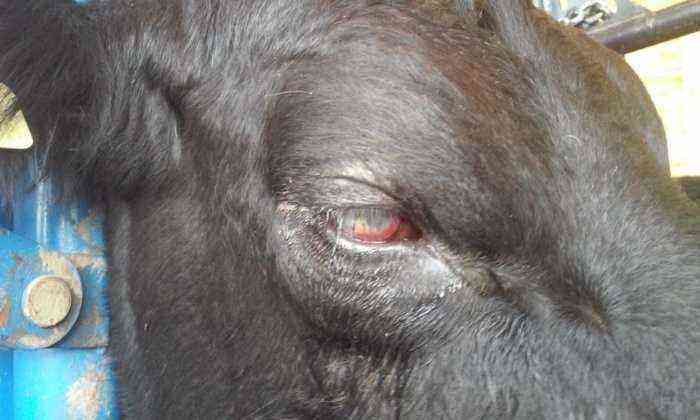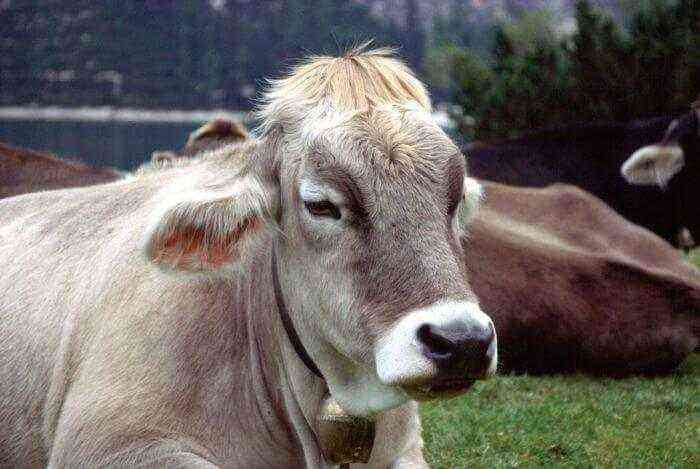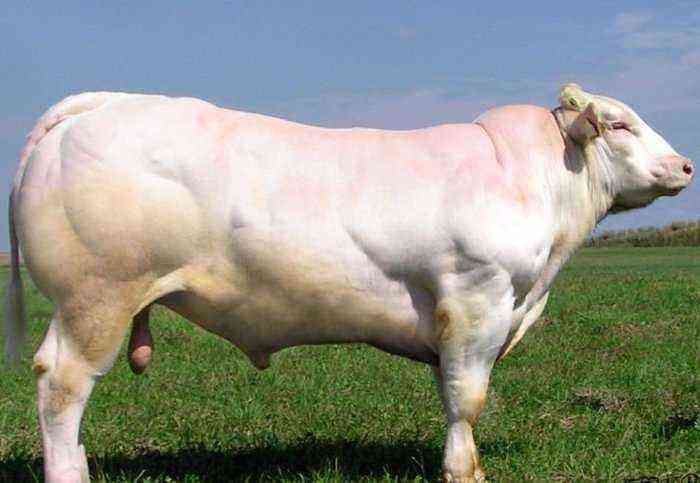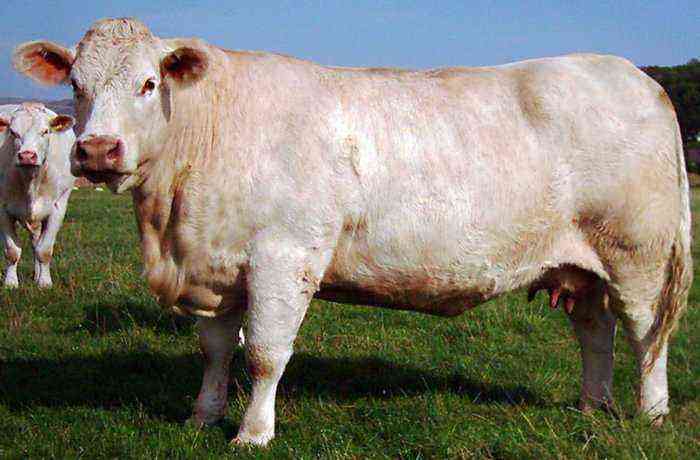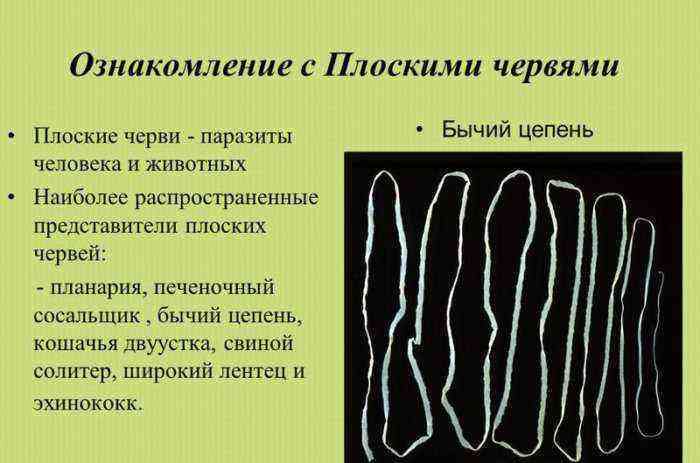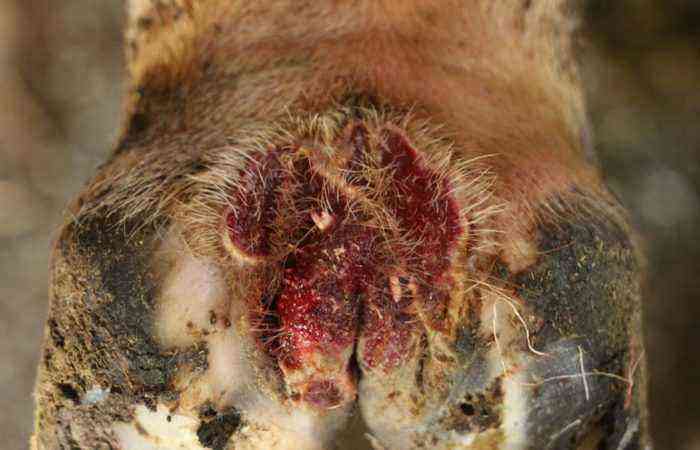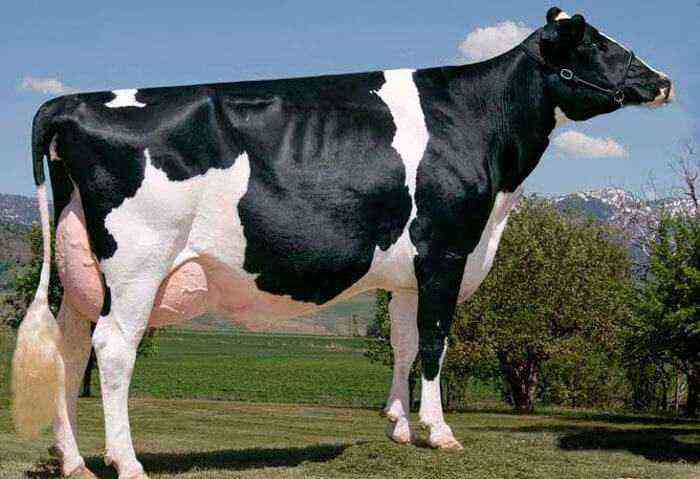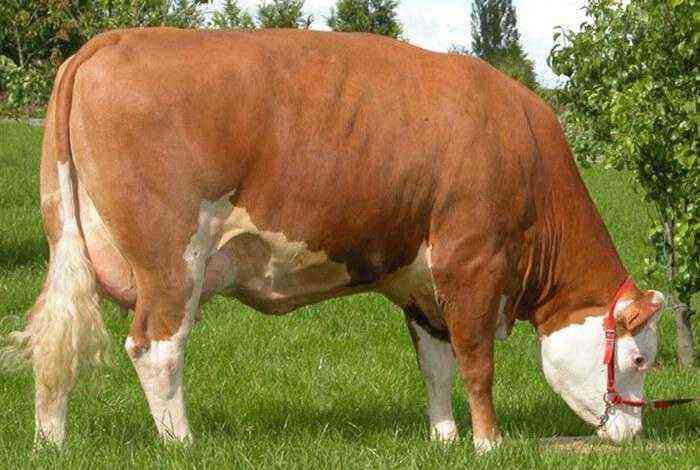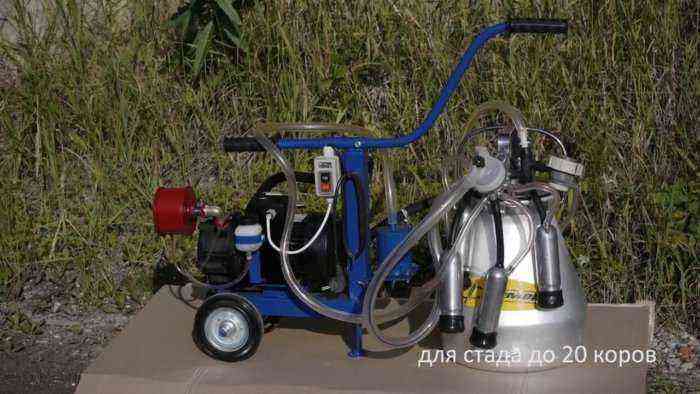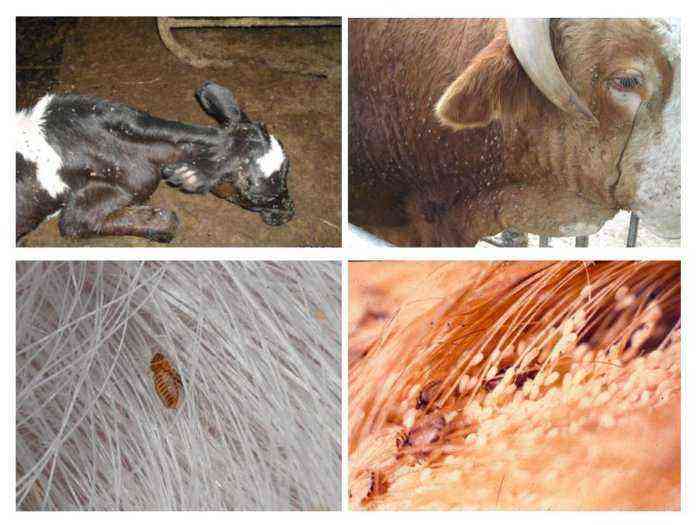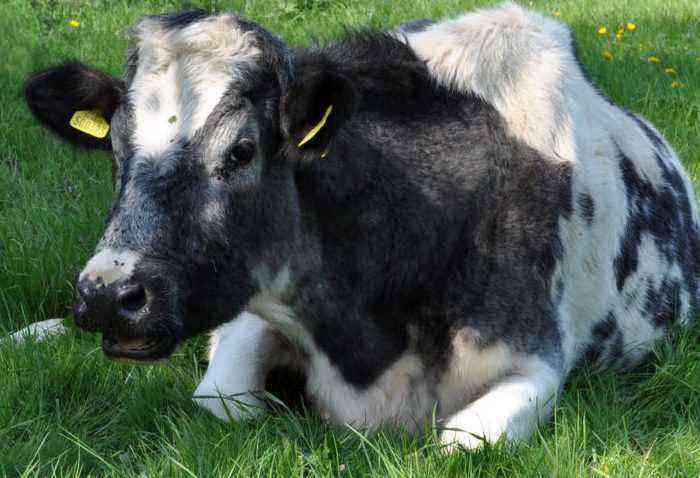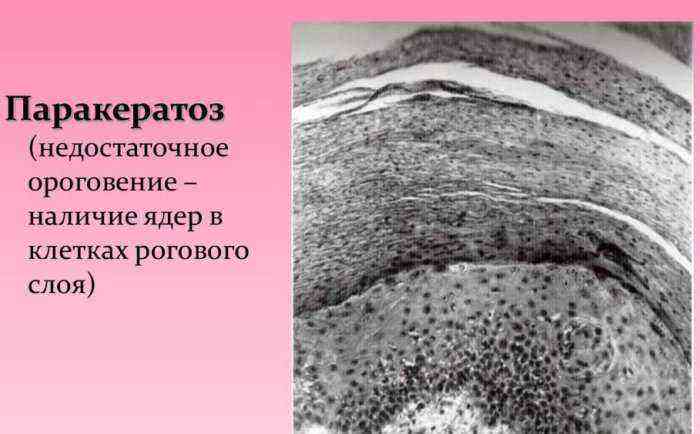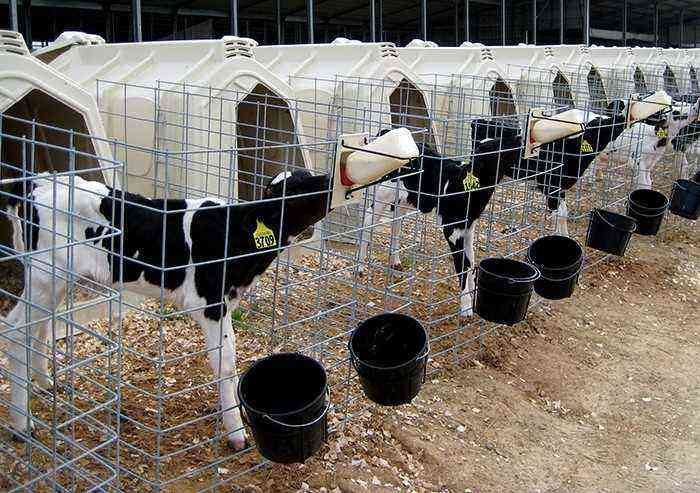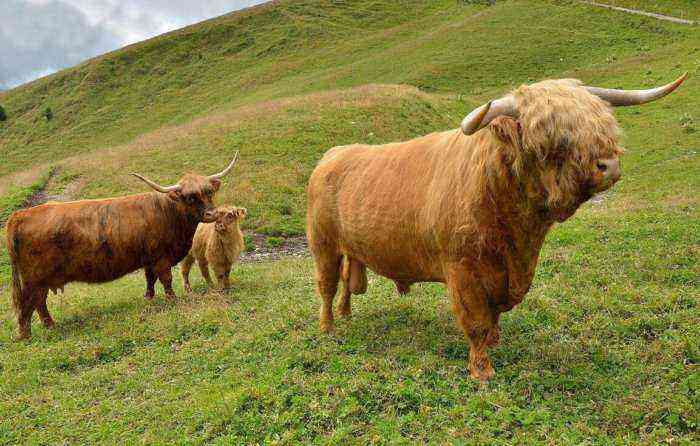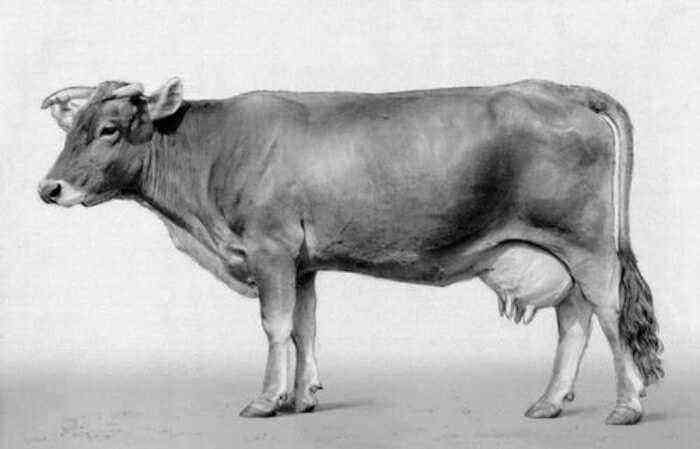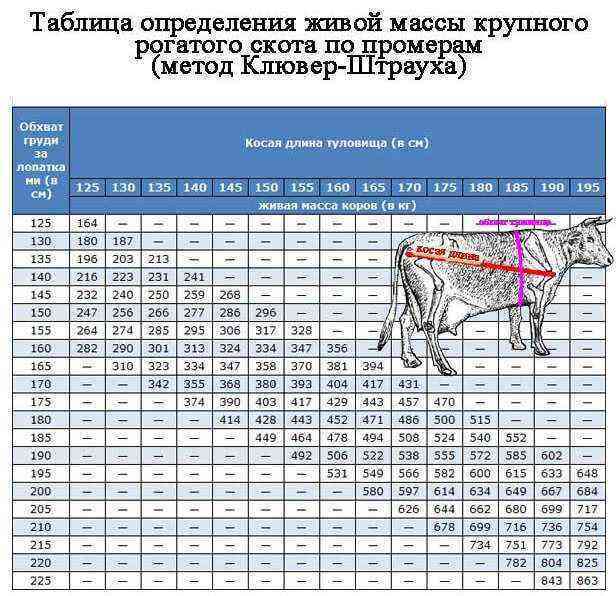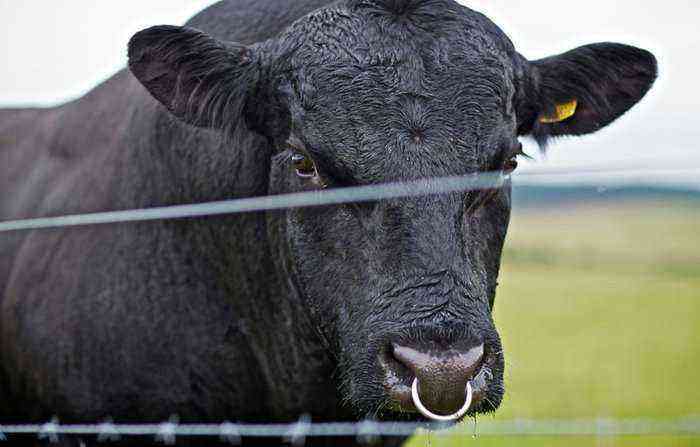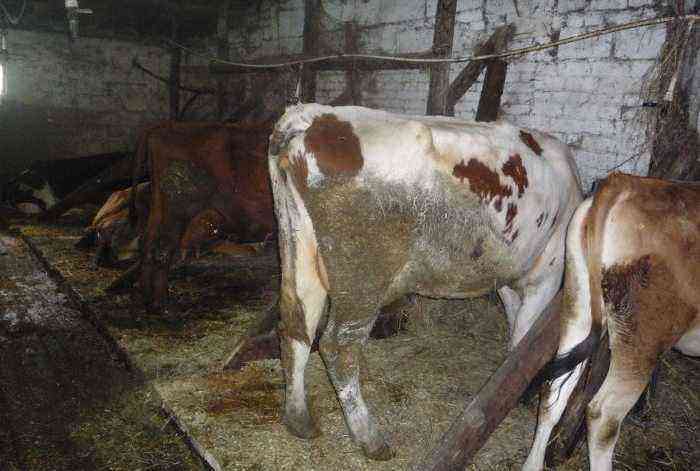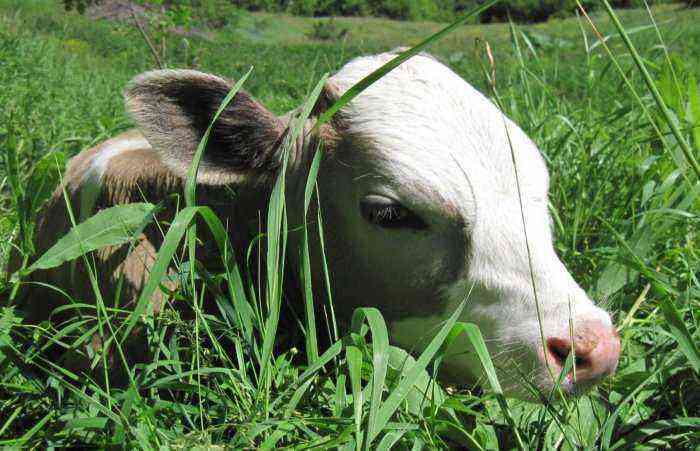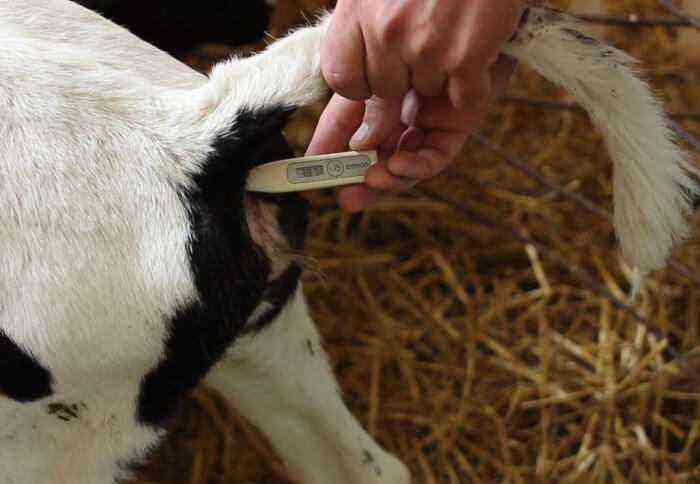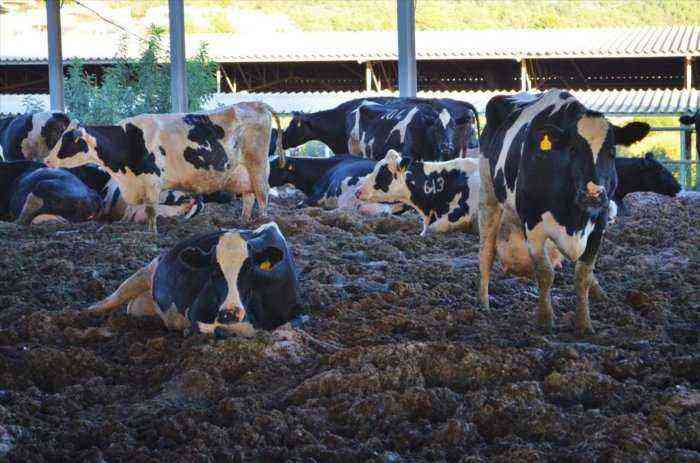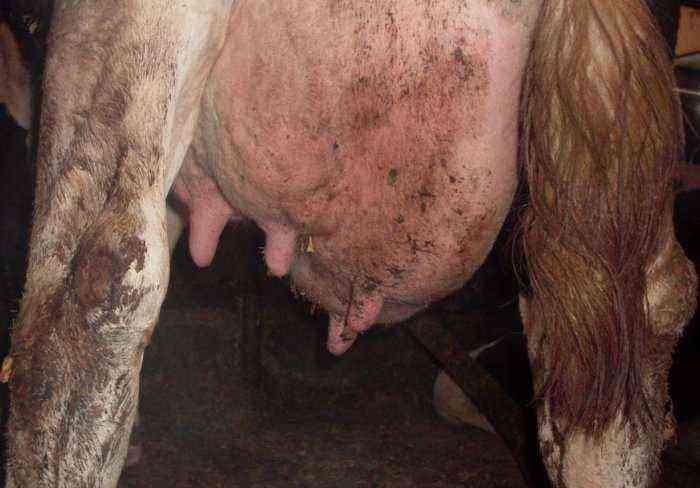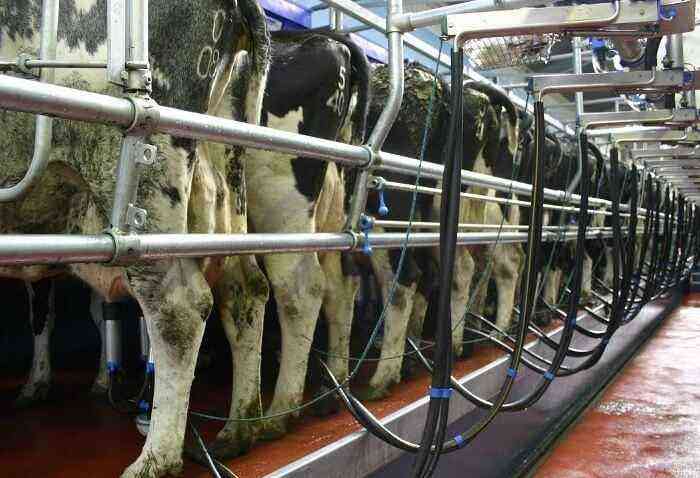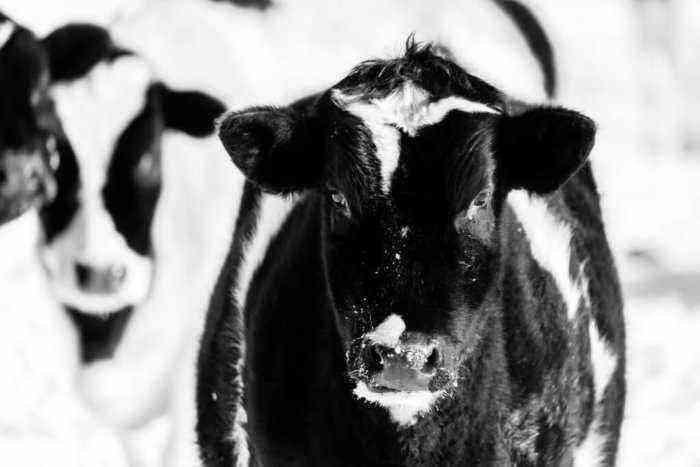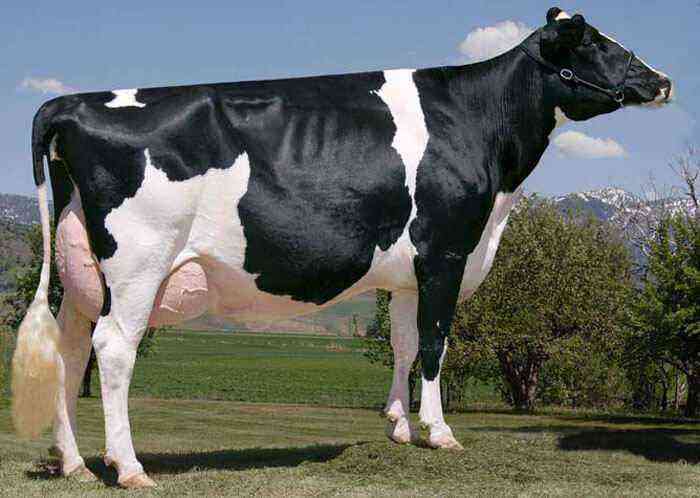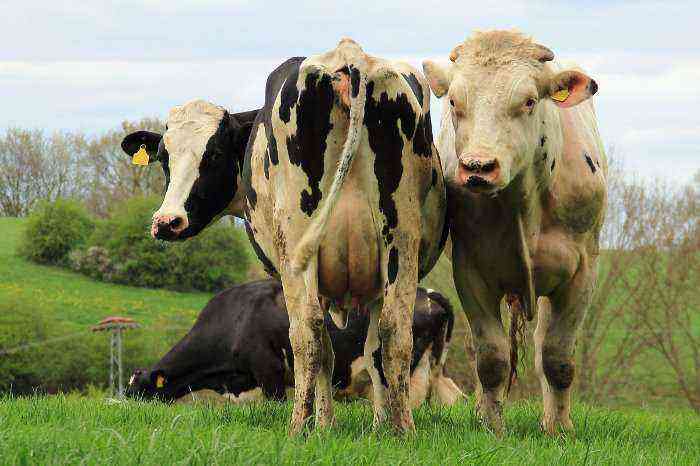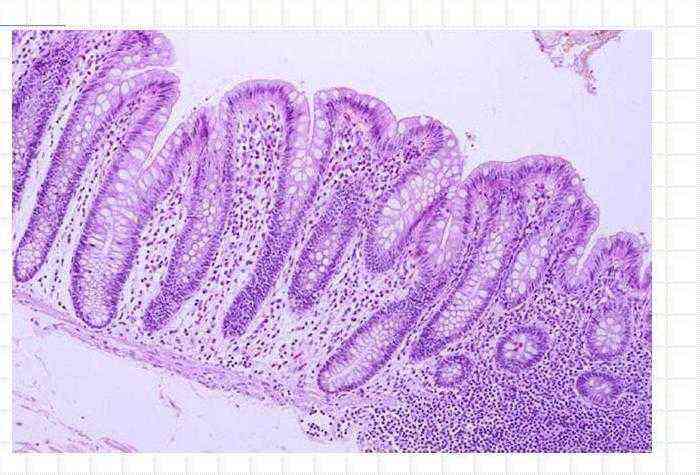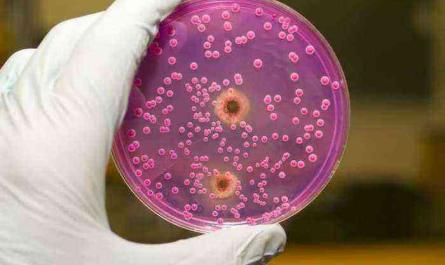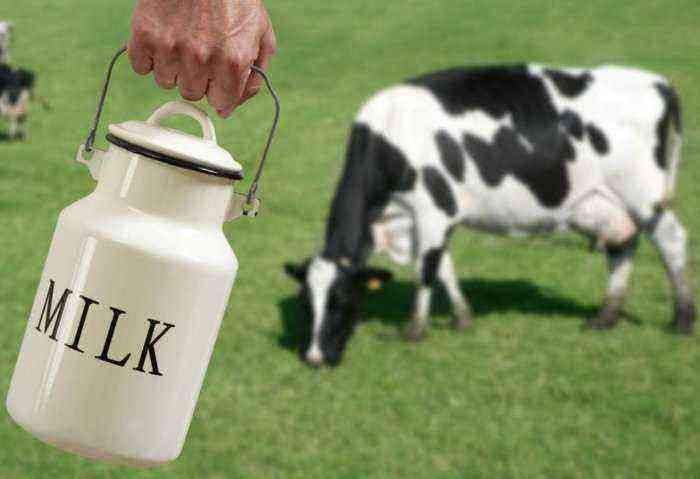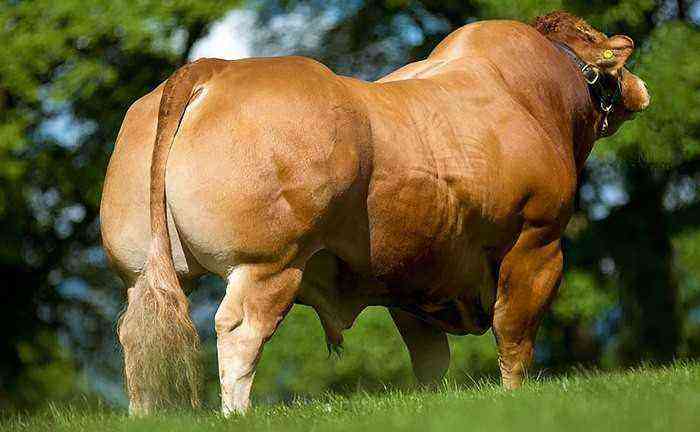Listeriosis of cattle is accompanied by severe consequences and implies a high mortality rate. In addition, such a disease can develop in humans. Therefore, it is extremely important to be able to identify signs of infection in time and take prompt measures to eliminate it.
Cows in the pasture
What is the disease and its causes
Bovine listeriosis is a disease that affects the central nervous system of animals and has a number of severe consequences, including blood poisoning, miscarriages and mastitis. Almost all domestic and wild animals, rodents, birds and humans are affected by the disease.
The first mention of this disease dates back to 1892. The well-known biologist Luce identified a focus of the disease with similar clinical signs and described it in detail in his works. But the disease received its official name in 1927, when the causative agent of the disease was studied in detail. This discovery was made by microbiologist J. Peary.
The causative agent of the disease
In cattle, as well as in a number of other animals, listeriosis is caused by the bacterium Listeria monocytoqenes. It is a microscopic movable stick that can have a variety of shapes and sizes.
The pathogen is highly resistant to environmental conditions. In hay, the infection can live up to 20 months. In the soil, the vital activity of bacteria persists for 11 months. In oats and some other food stocks, the stick dies only after 9 months. In fresh water of small stagnant reservoirs, the possibility of infection persists throughout the year.

Listeria
It should be noted that Listeria is extremely sensitive to the action of antibiotics and sulfonamides. Of the disinfectants, the most effective in the fight against the pathogen are:
- bleach solution (3%);
- carbolic acid solution (5%);
- creolin (5%);
- lysol.
Attention! When boiled, the stick dies within 5 minutes.
Causes of the disease
The causative agent enters the external environment from the body of sick and already recovered animals. A large concentration of bacteria is found in the expiration of the nasal cavity and conjunctiva, feces, urine, secretions of the genital organs.
The most susceptible category of animals is young and pregnant cows. The infection can enter their body in several ways:
- Aspiration. Discharge particles from the nasal and oral cavities of diseased animals can enter the respiratory tract of healthy animals with air, which causes the development of the disease.
- Alimentary. The causative agent, along with feces and urine, enters food or water. Dalle, the pathogen penetrates through the mouth into the gastrointestinal tract of a healthy individual, and from there it enters the bloodstream through the intestinal walls.
- Contact. It is possible to infect healthy individuals through wounds and cracks in the skin, with direct contact with conjunctival secretions.
- Transplacental. During pregnancy, bacteria can cross the cow’s placenta to the fetus, causing it to become infected.
Most often, infection is realized through the alimentary route. There were also recorded cases of infection of livestock from fleas, ticks and lice, which parasitized on the body of sick cows. The peddler of the disease can also be rodents living in livestock buildings and in places where food stocks are stored.
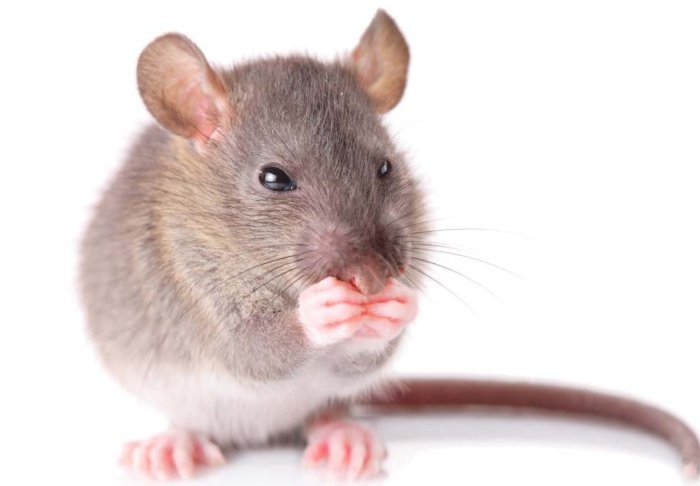
Rodents can be carriers of the disease
The infection can be transmitted between animals throughout the year. But, it is worth noting that in the winter, when the body’s resistance drops, the likelihood of infection is especially high. Lethal outcome in case of listeriosis in cattle can be traced in 40-55% of cases.
Forms of the disease
Once in the body of an animal, the bacteria immediately enter the bloodstream and, together with the blood or lymph, spread to all organs. Less common are cases of listeria getting into the spinal cord and brain, and the severity of complications and the severity of symptoms depend on a number of factors, among which the main ones are:
- the degree of resistance of the animal organism;
- conditions of keeping and feeding;
- weakening of the body due to the action of the primary disease;
- age;
- physiological state of the cow.
Based on the listed nuances and depending on the degree of virulence of the bacterium, the disease can occur in four main forms:
- Septic.
- Genital.
- Nervous.
- Atypical.
Septic form of the disease and its symptoms
Sepsis in the body, most often occurs in young animals with a weakened immune system. The incubation period for this form of the disease lasts from 7 days to 1 month. Septic listeriosis is accompanied by the following symptoms:

Accompanied by septic listeriosis, a sharp increase in temperature
- a sharp increase in temperature;
- oppression and lethargy of the animal;
- loss of appetite, up to a complete refusal of food;
- severe diarrhea;
- convulsions and a coma can be traced, which are the result of damage to the nervous system.
As a rule, the septic form of the disease lasts 1-2 weeks. After that, the calf dies. Even if the treatment gave a positive result, the full recovery of the animal takes a very long time.
genital form
Genital listeriosis develops exclusively in pregnant cows. Against its background, secondary diseases often occur, among which various forms of metritis and mastitis occupy a special place. Therefore, clinical signs of secondary ailments can overlap the underlying disease and complicate its diagnosis.
Also, the genital form is accompanied by an abortion. The deceased fetus during the study noted:
- multiple sites of tissue death of the brain, liver and other parenchymal organs;
- a large amount of accumulated red fluid in the peritoneum and chest;
- infiltrated subcutaneous tissue in the thoracic region;
- multiple edema throughout the body.
Nervous listeriosis
This form of the disease is the most common. It is accompanied by the following symptoms:
- an increase in body temperature to 41 degrees;
- loss of appetite;
- oppressed state;
- constant tearing;
- mucous membranes are cyanotic.
The nervous form of the disease is characterized by damage to the nervous system. When this happens, the listed symptoms are also added:
- violations in the coordination of movements;
- frequent alternations of depression and outbursts of excitement;
- prolonged depression;
- body trembling;
- convulsions;
- partial or complete paralysis of the body.
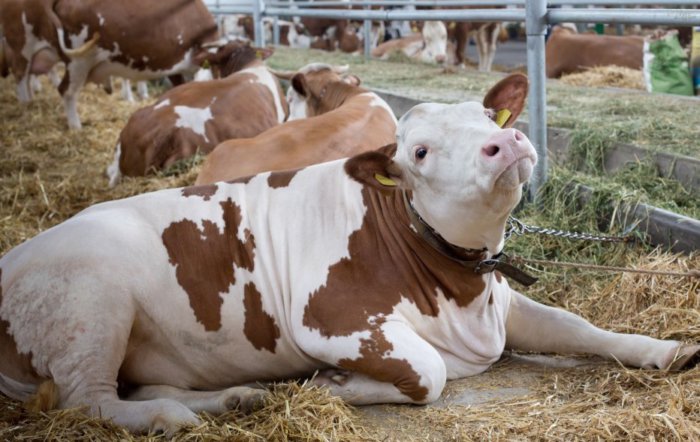
Body paralysis in a cow
In pregnant cows, nervous listeriosis may also be accompanied by abortion. Lethal outcome can be traced in almost 100% of cases. The disease progresses from several hours to 10 days.
Atypical form
This manifestation of listeriosis is less common than all the others. This form is accompanied by symptoms of pneumonia and intestinal diseases. Sometimes there is a subacute form of the disease. It is characterized by the fact that signs of infection are not expressed, but the animal acts as a source of infection for one or several months.
Diagnosis
The existence of several forms of listeriosis with differing symptoms greatly complicates the process of diagnosing. That is why diagnostics are implemented in a complex way. Clinical signs, the results of bacteriological and serological analysis, the conclusion of the pathological and anatomical autopsy are taken into account.
For laboratory tests, particles of the killed brain, liver, spleen, and lymph nodes are used as the test material. Also suitable are blood and blood serum, which is collected as soon as possible after the death of the animal.
Important! During the diagnosis, it is necessary to exclude from the list a number of diseases that, according to clinical signs and the nature of internal damage, are similar to listeriosis. These diseases include brucellosis, catarrhal fever, trichomoniasis and some others.
Treatment of Listeriosis
After establishing an accurate diagnosis, it is necessary to immediately proceed to the treatment of the disease. It should be noted right away that there is no specialized vaccine for such an ailment. Selection of drugs is carried out on the basis of the age of the animal and the specific stage of development of the disease. As a rule, treatment is carried out in two directions:
- The fight against the pathogen, which is implemented through antibiotics.
- Elimination of the symptoms of the disease, which is effectively implemented through drugs for the heart, astringents and other means.
Among antibiotics, the most effective in the fight against listeriosis are terramycin, biomycin, tetracycline. The first 2 drugs are administered to a sick cow in the form of injections, while the dosage is 10-30 mg of the drug for each kg of the weight of the infected individual. The injection is given twice a day. The course of treatment lasts another 3-4 days after the disappearance of the last symptoms of the disease.

Klamoksil LA
Among the more modern medicines that are used in the fight against this disease, the following stand out:
- Terramycin LA. Produced in the form of a special solution. In the body of cattle, the drug is administered by injection into the muscle, at a dosage of 1 ml for every 10 kg of cow weight. And at one point you can enter no more than 20 ml of the drug. After the end of treatment, cow’s milk is allowed to be used only after 7 days. Livestock can be slaughtered for meat 28 days after the last injection.
- Solamox. Such a tool is sold in the form of a special powder. The drug is mixed with water or milk and soldered to the animal in a volume of 10 mg per kilogram of weight. Re-admission is carried out 12 hours after the first. The course of treatment is from 3 to 5 days.
- Klamoksil LA. A solution of this drug is administered to the cow subcutaneously or intramuscularly at a dosage of 1 ml per 10 kg of weight. Repeated injection, if necessary, is done two days after the first. Milk from recovered cattle can be eaten no earlier than 4 days after the end of the drug administration. Meat is used no earlier than 28 days after the last injection of Clamoxyl.
Also, in certain cases, a positive effect can be achieved with the introduction of streptomycin in cattle. The antibiotic is administered intramuscularly at a dose of 10 units per kilogram of animal weight.
Prevention
Treatment of listeriosis in cows is a costly and troublesome process. In addition, it does not always end in the recovery of the animal. Therefore, a more effective measure of combating the disease is the qualitative prevention of the disease. It consists in the following points:
- All cows entering the farm must be kept in a quarantine room for at least 30 days.
- Acquire livestock exclusively from farms where no cases of this disease have been identified.
- All quarantined animals should be examined regularly for signs of disease.
- If clinical signs of listeriosis are detected in a cow in the herd, she is immediately isolated from the rest of the herd.
- Carry out regular deratting in livestock buildings and in warehouses in which feed stocks are stored.
- To carry out the fight against ticks and other blood-sucking insects.
- Implement the conditions for keeping and feeding livestock in accordance with existing veterinary and sanitary standards.
- In case of detection of signs of disease in livestock, make a request for bacteriological examination of feed stocks (especially silage).
- In the event of an abortion in a pregnant cow or a death of livestock on the farm, immediately send the material for analysis in the laboratory. It is collected in accordance with the instructions issued by the Ministry of Agriculture of the Russian Federation.
Conclusion
Listeriosis can cause serious harm to livestock, as it is an infectious and highly lethal disease. That is why the main efforts of the breeder in the fight against this disease should be aimed at strict adherence to the listed preventive points and at the timely detection of symptoms. This will help protect livestock from illness and save a lot of money for its treatment.

